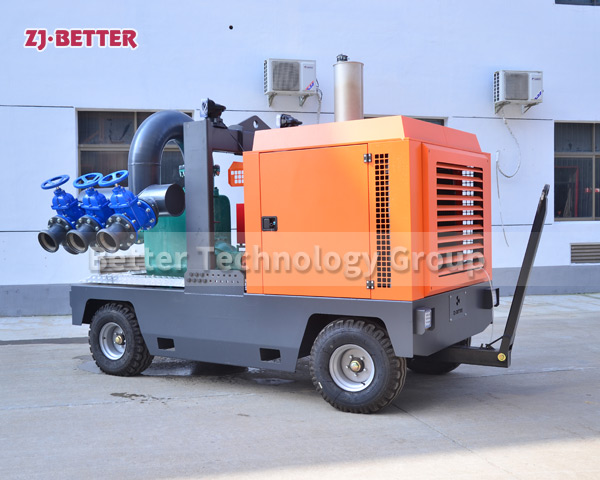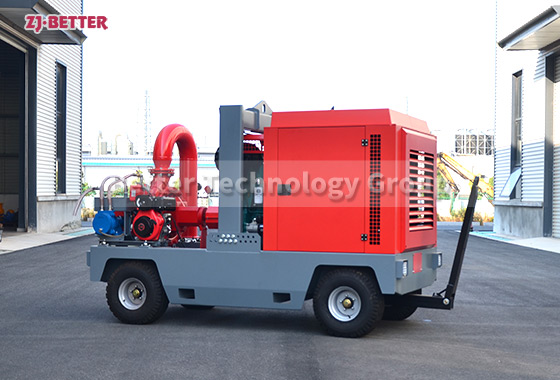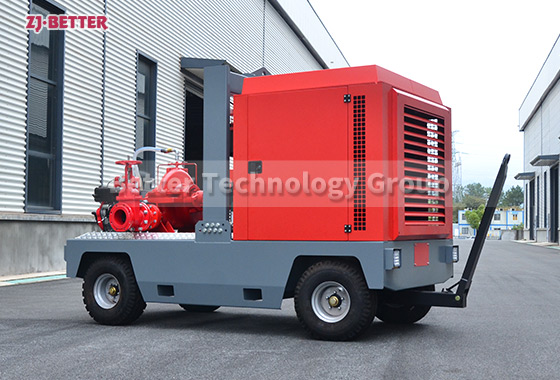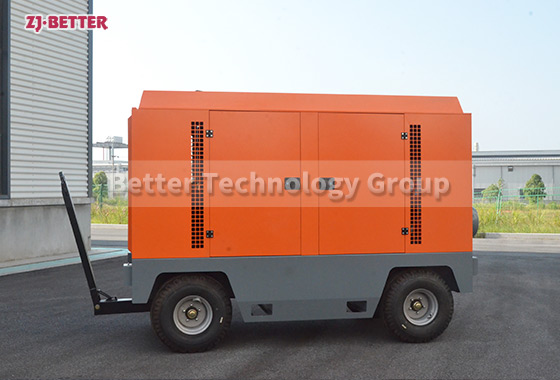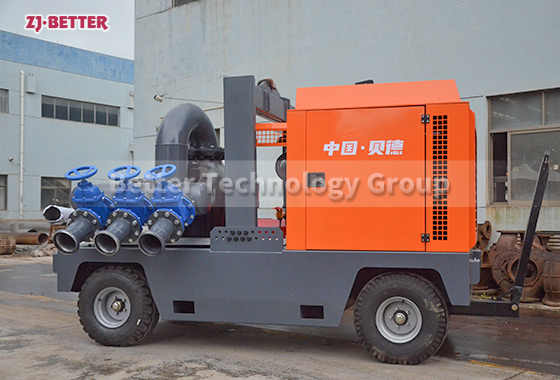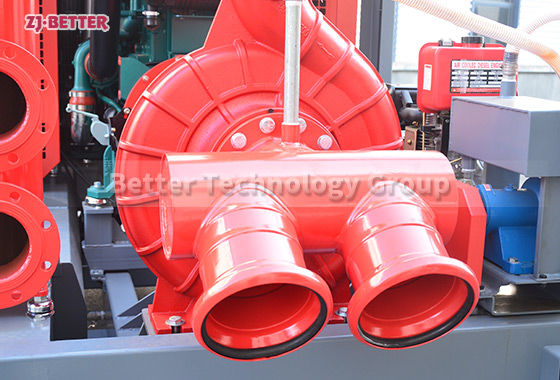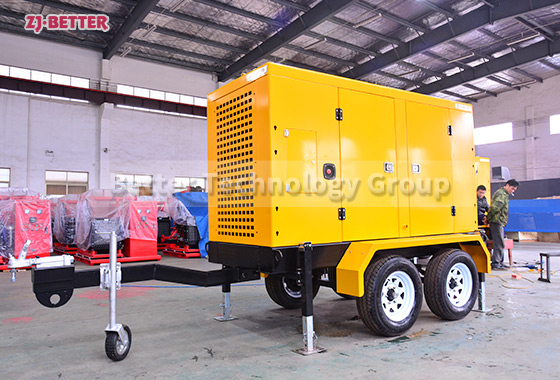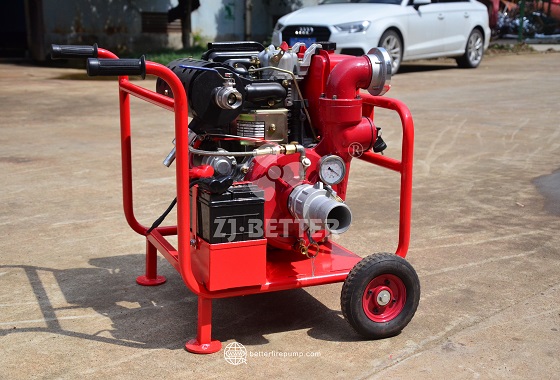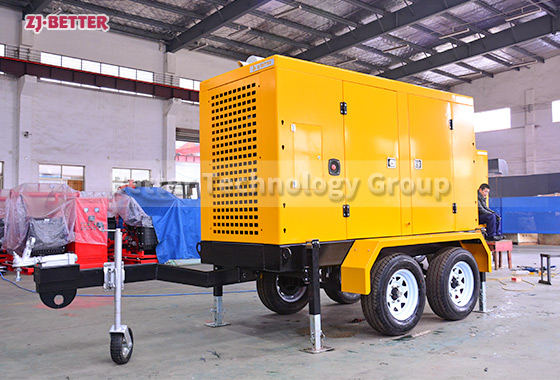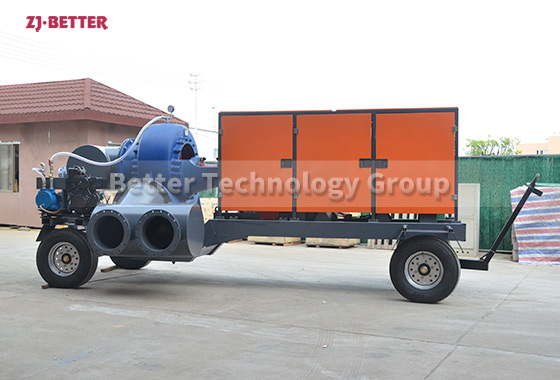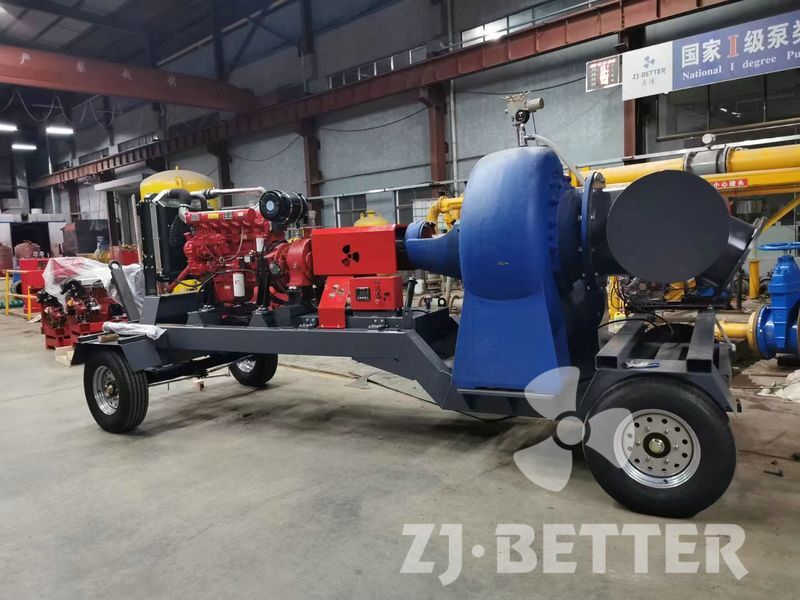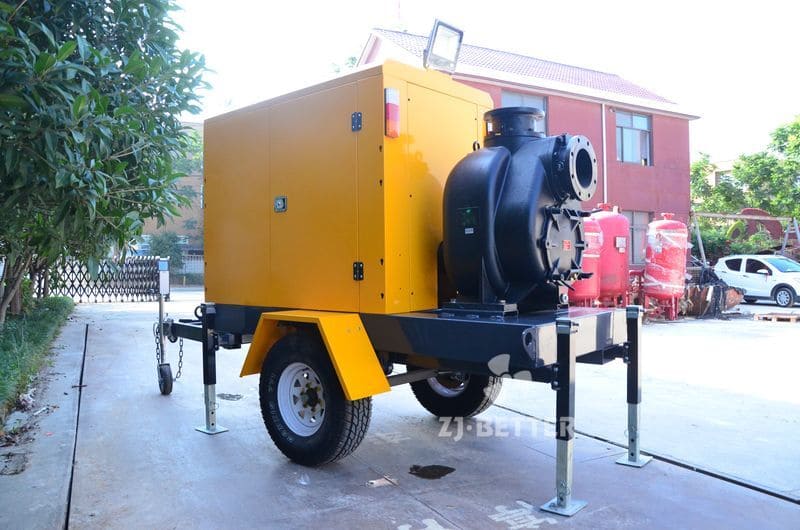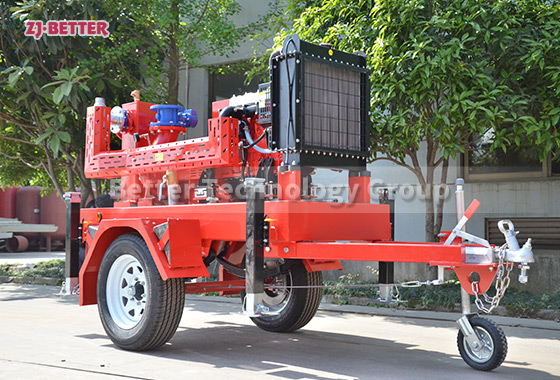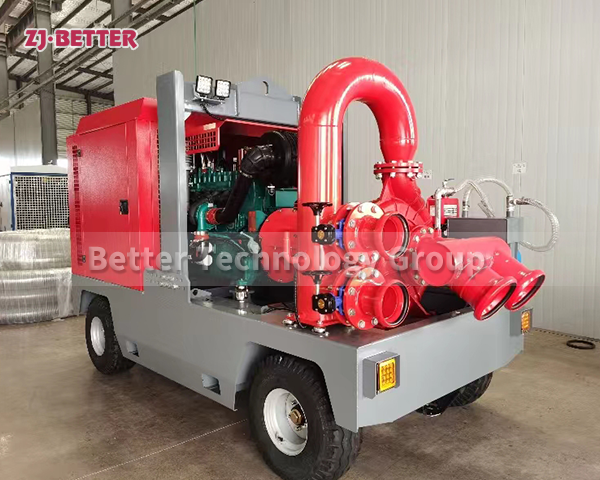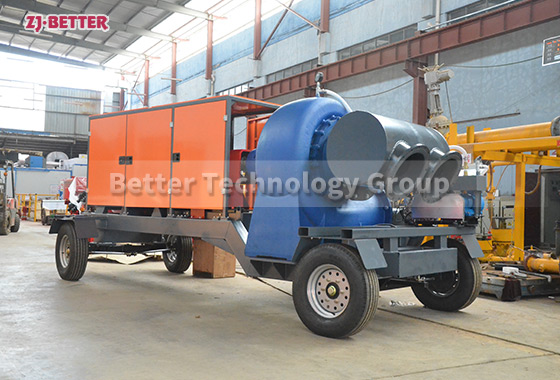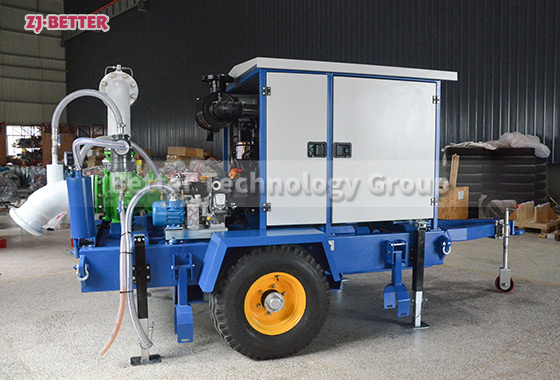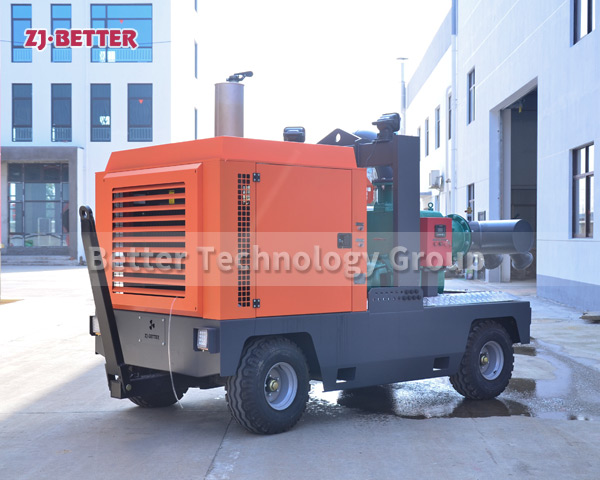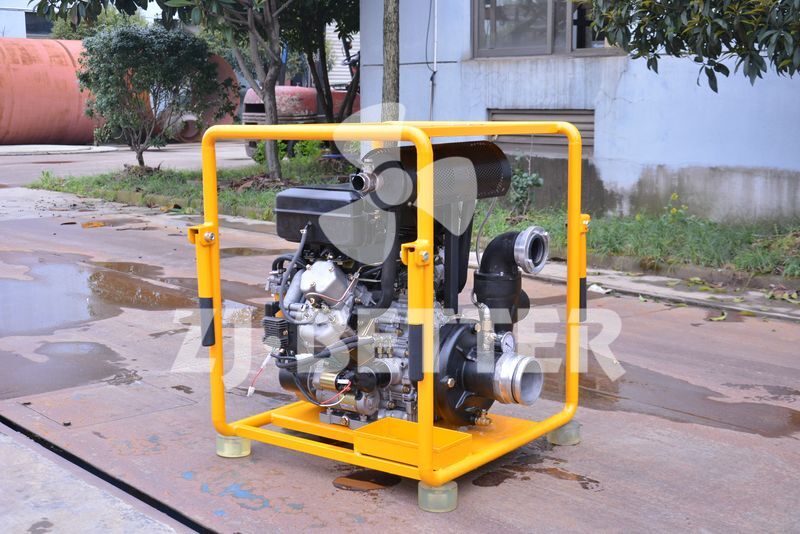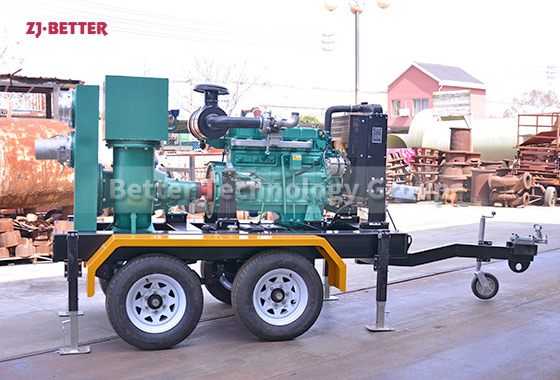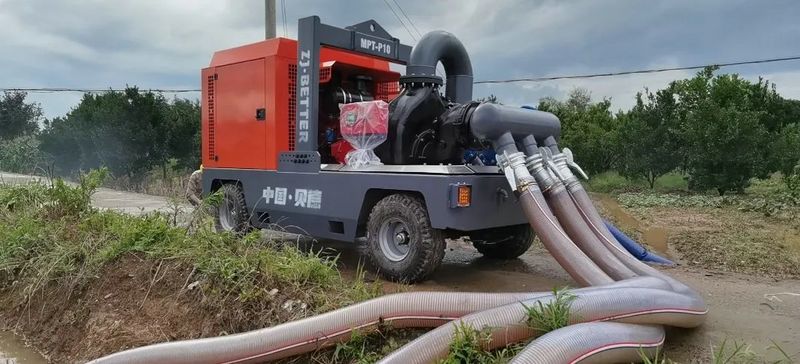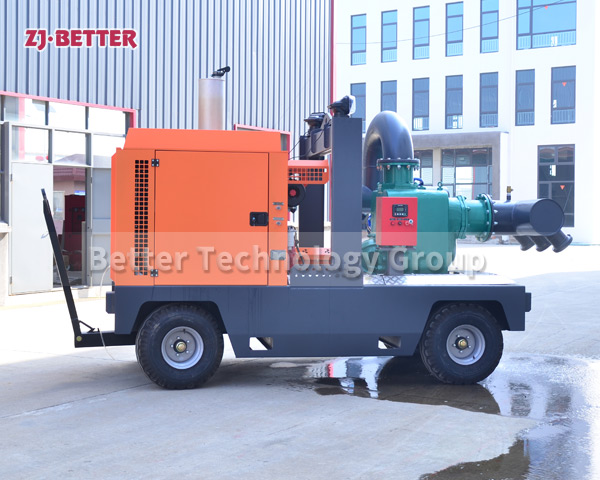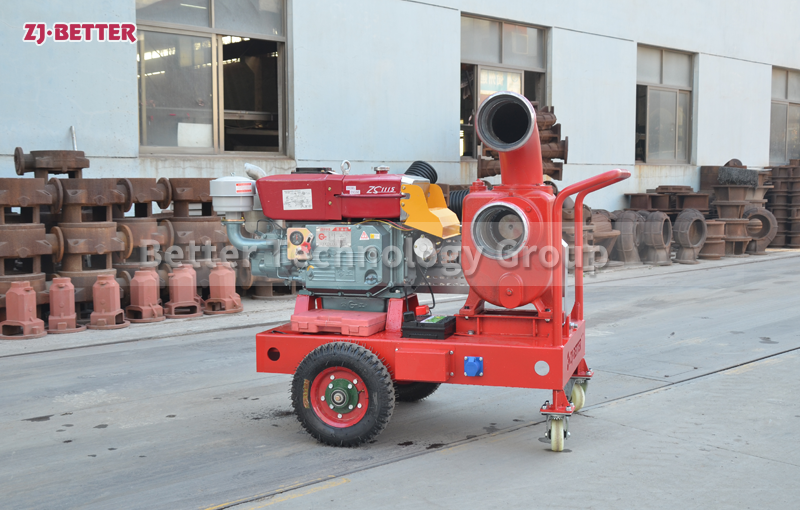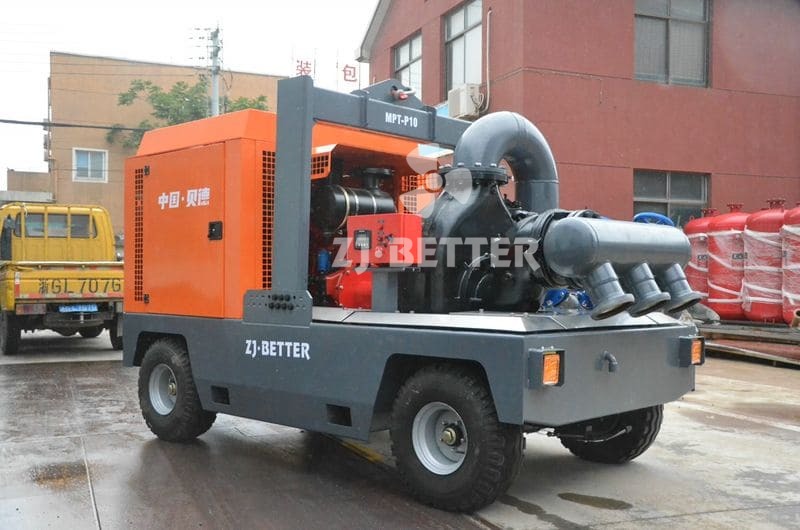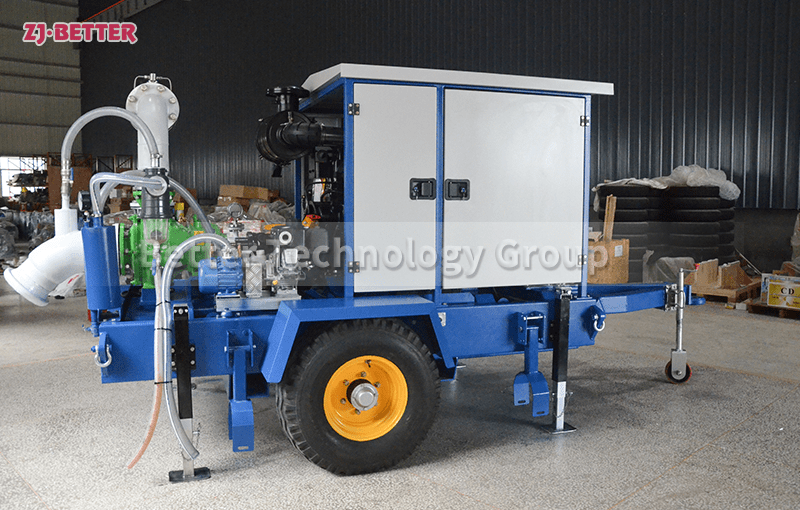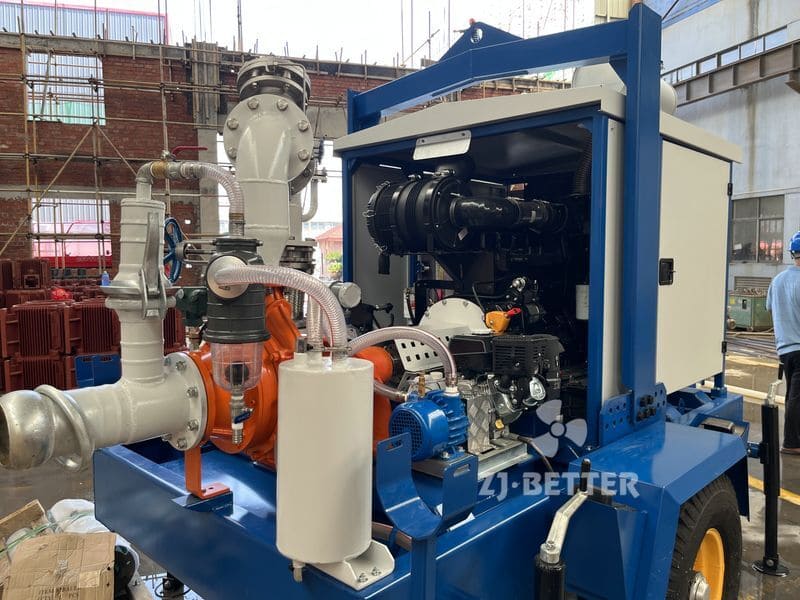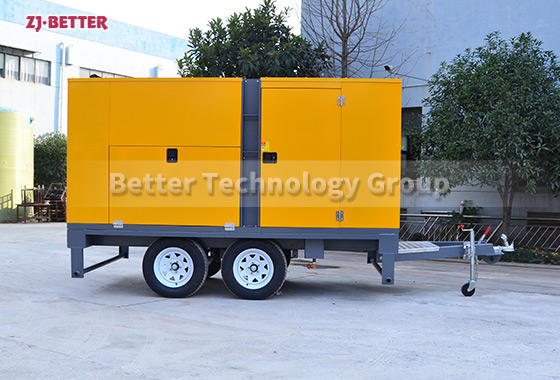Mobile pump trucks can be used for flood control and drainage
Aiming at the two tasks of external power supply and water pumping, which have a high utilization rate in emergency rescue and disaster relief, our company has adopted innovative methods to develop the first dual-function integrated equipment for power generation and water pumping for emergency rescue and disaster relief, which can effectively solve frequent collisions in emergency rescue and disaster relief activities. It is difficult to enter, the homework is narrow, and a variety of homework is facing difficulties.
The mobile pump truck can quickly and maneuverably arrive at the application site, transport urgently needed water to the application destination in a short time, or pump and drain the accumulated water on urban roads or airports in a short time in emergency situations, and reach flood control and disaster relief to protect the people The goal of people’s life and wealth safety.
Better Technology emergency rescue mobile pump truck can be used in flood control and drainage, drought resistance and seedling protection, urban flood control, aquaculture, temporary water transfer, cofferdam pumping, industrial drainage, municipal drainage, etc. The water pump and the diesel engine are closely integrated and run together, which greatly enhances the flexibility of the pump truck and solves the problem of unknown and uncontrollable restrictions in the working environment. Direct sales, direct delivery from stock.

